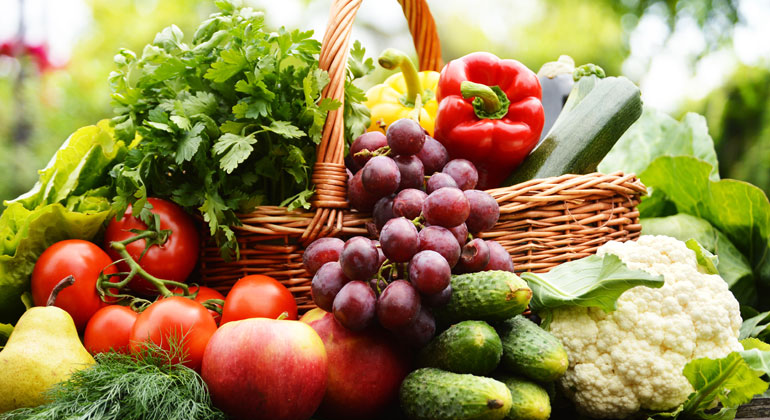Study provides basis to evaluate food subsectors’ emissions of three greenhouse gases
A new, location-specific agricultural greenhouse gas emission study is the first to account for net carbon dioxide, methane and nitrous oxide emissions from all subsectors related to food production and consumption.
The work, led by University of Illinois Urbana-Champaign atmospheric sciences professor Atul Jain, could help identify the primary plant- and animal-based food sectors contributing to three major greenhouse gas emissions and allow policymakers to take action to reduce emissions from the top-emitting food commodities at different locations across the globe.
The comprehensive study examined the four major subsectors for plant- and animal-based food emissions associated with food production processes, including land-use change, farmland management activities, raising livestock and operations that occur once the food leaves the farm from 171 crops and 16 livestock products across the globe. The consistent and unified data-modeling framework allowed the researchers to build an open-access database to estimate all global greenhouse gas emissions – CO2, methane and nitrous oxide – from plant- and animal-based human food. The study findings are published in the journal Nature Food.
The study found that food-based agriculture accounts for 35% of all human-made greenhouse gas emissions. Of that, plant-based foods emissions contribute 29%, consisting of 19% CO2, 6% methane and 4% nitrous oxide emissions; animal-based food emissions contribute 57%, consisting of 32% CO2, 20% methane and 6% nitrous oxide emissions; and nonfood utilization such as cotton and rubber production contributes 14%.
“Although CO2 is the most important and most frequently discussed GHG emissions, methane generated by rice cultivation and animals, and nitrous oxide from fertilizers are 34 and 298 times more powerful than CO2, respectively, when it comes to trapping heat in the atmosphere,” said Xiaoming Xu, a U. of I. postdoctoral researcher and lead author of the study.
The researchers calculated spatially explicit production- and consumption-based greenhouse gas emissions from human foods worldwide. The study showed that the countries with leading greenhouse gas emissions from animal-based foods are China at 8%, Brazil at 6%, the U.S. at 5% and India at 4%. The countries with leading greenhouse gas emissions from plant-based foods are China at 7%, India at 4% and Indonesia at 2%.
“We estimate that population growth will drive the expansion of food subsectors, including crop cultivation and livestock production, as well as product transportation and processing, irrigation and materials like fertilizer and pesticides,” Jain said. “Developing climate mitigation strategies must rely on accurate estimates of GHG emissions from all sources, including those from the production and consumption of total and individual plant- and animal-based foods.”
The researchers said they hope this study will encourage everyone – from policymakers to individuals who want to make a difference – to consider the rich opportunity that agricultural systems provide to develop strategies and public policies that can help mitigate greenhouse gas emissions before climate change becomes irreversible.
Researchers from the Laboratoire des Sciences du Climat et de l’Environnement, Yvette, France; the Food and Agriculture Organization of the United Nations; the University of Aberdeen, Scotland; and PlantPure Communities, Mebane, North Carolina, also contributed to this study.
- The paper “Global greenhouse gas emissions from animal-based foods are twice those of plant-based foods” is available online and from the U. of I. News Bureau. DOI: 10.1038/s43016-021-00358-x.
Source
University of Illinois, USA | Xiaoming Xu 2021 | et al., Nature Food, doi: 10.1038/s43016-021-00358-x








